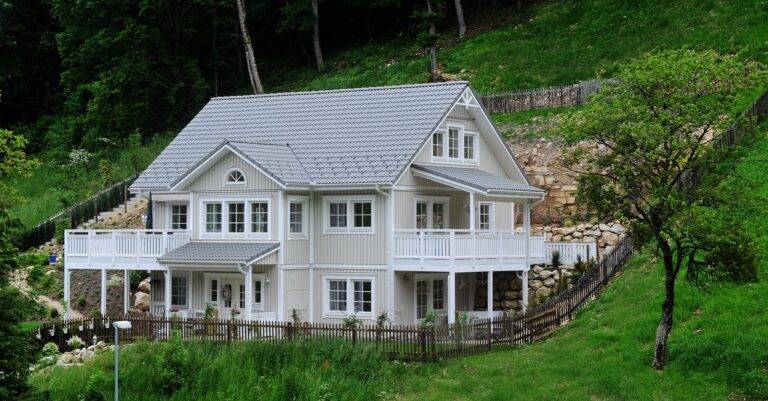The Art of Feng Shui: Creating Balance and Harmony in Your Home
Feng Shui is an ancient Chinese practice that focuses on harmonizing individuals with their surrounding environment. The goal is to create a balanced and positive energy flow, known as chi, to promote health, wealth, and overall well-being. By arranging your living or working space in accordance with Feng Shui principles, you can enhance the energy flow and invite prosperity into your life.
Central to Feng Shui is the concept of Bagua, an energy map divided into nine sections that correspond to different areas of life such as career, relationships, wealth, and health. By applying the Bagua map to your space, you can determine which areas may need attention or enhancement to optimize the flow of chi. This can involve decluttering, rearranging furniture, adding elements of nature, or incorporating specific colors to activate and balance the energy in each sector.
Understanding the Five Elements
The concept of the Five Elements is a fundamental aspect of Feng Shui philosophy. Each element – Wood, Fire, Earth, Metal, and Water – is believed to interact with and influence the energies in our environment. Wood represents growth and vitality, Fire symbolizes passion and transformation, Earth embodies stability and nourishment, Metal signifies clarity and strength, while Water is associated with adaptability and flow.
In Feng Shui, these elements are not seen in isolation but rather in a dynamic relationship with one another. The interactions between the elements can be constructive or destructive, creating a balance or imbalance in the energy of a space. By understanding how each element corresponds to different aspects of life and how they interact within a space, one can harness their qualities to promote harmony and well-being.
Implementing Yin and Yang
Achieving harmony and balance in your living space can be greatly enhanced by incorporating the principles of Yin and Yang in your interior design. Yin represents qualities such as calmness, softness, and darkness. By incorporating Yin elements like gentle curves, soft textures, and dim lighting, you can create a peaceful and serene atmosphere in your home.
On the other hand, Yang embodies qualities such as brightness, activity, and energy. Introducing Yang elements like bold colors, angular shapes, and natural light can bring vitality and dynamism to your space. By striking a balance between Yin and Yang in your decor, you can create a harmonious environment that promotes well-being and positive energy flow.
Incorporating Yin and Yang principles in your interior design can transform your living space into a sanctuary of balance and harmony. Here are some tips to help you achieve this:
• Balance soft textures with bold colors to create a harmonious contrast
• Use gentle curves alongside angular shapes for a dynamic visual appeal
• Combine dim lighting with natural light sources to play with different levels of brightness
• Integrate elements of calmness and energy through the strategic placement of furniture and decor items
By consciously incorporating these Yin and Yang elements in your home, you can create a space that not only looks aesthetically pleasing but also feels balanced and energizing. Embracing the duality of Yin and Yang in your interior design will allow you to experience the benefits of creating a harmonious environment that supports overall well-being.
What is the concept of Yin and Yang in Feng Shui?
In Feng Shui, Yin and Yang are opposing forces that represent balance and harmony. Yin is the passive, dark, and feminine energy, while Yang is the active, bright, and masculine energy.
How can I implement Yin and Yang in my living space?
To implement Yin and Yang in your living space, you can start by balancing the elements and colors. Use soft, flowing lines for Yin energy and bold, angular shapes for Yang energy. Incorporate a mix of light and dark colors to create harmony.
Why is it important to understand Yin and Yang in Feng Shui?
Understanding Yin and Yang is crucial in Feng Shui as it helps create a harmonious environment that promotes health, wealth, and happiness. By balancing these energies, you can improve the flow of chi, or life force, in your space.
How do the Five Elements relate to Yin and Yang in Feng Shui?
The Five Elements (wood, fire, earth, metal, water) are used in Feng Shui to balance Yin and Yang energies. Each element represents a different aspect of energy and can be used to enhance or suppress certain qualities in a space.







